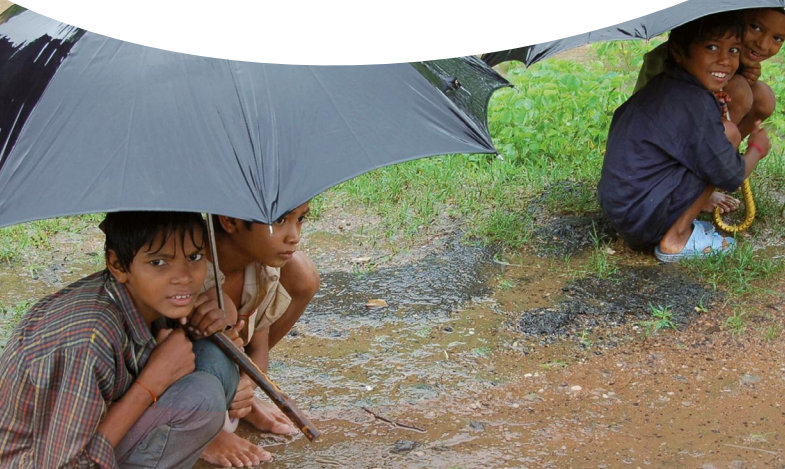
Microinsurance solutions for climate change
The third edition of The State of Microinsurance annual journal looks at microinsurance solutions for climate change, focusing on pioneering ideas in the way micro-insurance is being designed and offered, and highlighting key lessons learned from a range of different programmes and initiatives. Published by the Microinsurance Network, this report











